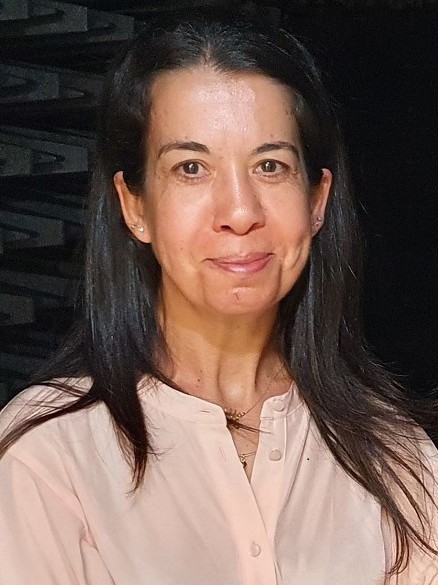resumo
This study investigates how rare earth ion (RE3+) concentration affects stabilization of the crystalline structure and infrared-to-visible upconversion (UC) in Er3+/Yb3+ co-doped yttrium tantalates, synthesized by the sol-gel method. Under 980 nm, the samples exhibited intense UC luminescence. The crystalline phases strongly influenced the emission color of UC luminescence. The sample consisting of pure Y3TaO7 phase had a yellowish-green color, but a greener emission appeared in the presence of a small amount of M'-YTaO4. Increasing the RE3+ concentration influences the Y3TaO7 crystalline phase stabilization, as well as in the color tunability, since cross-relaxation processes take place, enhancing red emission intensity. This is the first report of UC quantum yield (UCQY) for yttrium tantalate samples (up to 0.016 +/- 0.002%). Samples doped with Er3+/Yb3+ 0.5/1.5 mol % annealed at 900 or 1100 degrees C were successfully developed as primary thermometers. The temperature of these materials can be predicted without any calibration through the Boltzmann law, using the ratio of the intensity of transitions of Er3+. The maximum relative thermal sensitivity was 1.31 +/- 0.05% K-1, which was higher than the sensitivity reported for other oxides. Nanothermometer repeatability was 98.8% and 99.8%, with minimum temperature uncertainty of 0.93 and 0.87 K for samples annealed at 900 and 1100 degrees C, respectively. The great tunability properties, UCQY values, and nanothermometry results indicated that primary thermometers can be implemented by using Er3+/Yb3+ co-doped yttrium tantalate upconverting nanoparticles for biophotonic applications in temperature sensing and deep tissue imaging.
palavras-chave
TEMPERATURE SENSING BEHAVIOR; MAGNETIC-PROPERTIES; SPECTROSCOPIC PROPERTIES; CRYSTAL-STRUCTURES; RED-EMISSION; WAVE-GUIDES; LUMINESCENCE; NANOPARTICLES; NANOCRYSTALS; PHOSPHOR
categoria
Materials Science
autores
Borges, FH; Martins, JC; Caixeta, FJ; Pereira, RR; Carlos, LD; Ferreira, RAS; Goncalves, RR
nossos autores
agradecimentos
The authors want to acknowledge the Brazilian funding agencies Fapesp (grant number 2017/11301-2 and scholarship processes numbers 2017/10424-3 and 2018/04587-0), CNPq, and CAPES for financial support. This work was also developed within the scope of the project CICECO-Aveiro Institute of Materials, UIDB/50011/2020 and UIDP/50011/2020, financed by national funds through the FCT/MEC and, when appropriate, co-financed by FEDER under the PT2020 Partnership Agreement. JCM also acknowledges FCT for the grant SFRH/BD/139710/2018.



